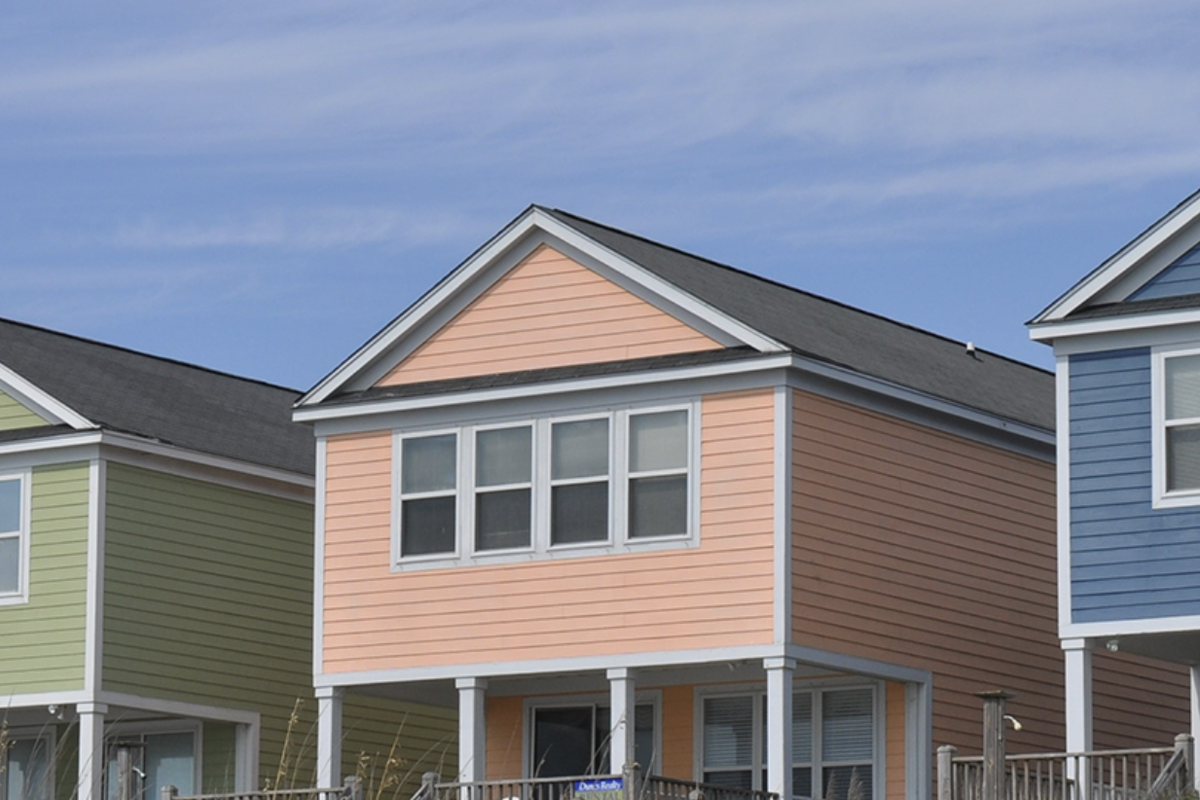[ad_1]
Headline U.S. CPI has surged to 9.1%, and close to 6% for the core rate that excludes food and energy (Figure 1). The more broadly based personal consumption expenditure (PCE) excluding food and energy costs (Core-PCE), the Federal Reserve’s (Fed) preferred measure, is up nearly 5% year over year.
Figure 1: Inflation has surged in the past 12 months
While inflation has surged, investor expectations for future inflation have not. An inflation forward curve built from standard U.S. Treasuries and Treasury Inflation-Protected Securities (TIPS) suggests that investors are pricing a rapid return to pre-pandemic rates of inflation, with annualized inflation of around 4.8% during the second half of 2022 and inflation rates of between 1.5% and 2.5% from 2023 onward (Figure 2).
Figure 2: Investors appear to anticipate a return to pre-pandemic inflation rates near 2% by 2023
Whether inflation turns out to be as benign as investors appear to expect depends on several factors but none more so than rents. Rents, in a direct sense, are only 5.8% of CPI and 4.1% of the Fed’s preferred inflation measure, the core-PCE. However, both inflation measures assume that owners of houses implicitly pay a rent to themselves which, in the context of the inflation data, is referred to as owners’ equivalent rent (OER). OER is 23.4% of the CPI and 15.9% of core-PCE. This brings the total influence of rental costs to 29.2% of CPI and 20% of core-PCE. (See appendix for details). So, what is going on with rents?
During the recent inflation surge, rents have lagged other prices. Currently, they are up around 5.5% while the median price has risen by 6% year over year. That rental cost increases have fallen behind other prices is not too much of a surprise: rents often lag the cost of buying a home. During the past 12 months the cost of buying a home has soared by 21% (Figure 3). In fact, on average over the past 35 years, changes in rental costs have often trailed the costs of buying a home by 21 months (Figure 4). As such, surging home prices today may not result in a peak of rental inflation for another one year and nine months – or sometime around March 2024.
Figure 3: OER tends to follow the price of buying a home with a lag
Figure 4: Correlation between changes in home prices and rents peaks with a lag of 21 months
As the price of buying a home rises, some potential buyers are forced out of market and may instead opt to rent. Higher mortgage rates could also drive would-be homeowners into the rental market as well. During the past year mortgage rates have nearly doubled from 3% to close to 6% (Figure 5). As buying a home becomes less affordable more people could opt to rent, often by necessity.
Figure 5: Soaring mortgage rates could force would-be home buyers to remain renters
Higher rental costs could keep inflation more elevated than investors appear to anticipate. Consider this scenario: rents rise 7% during the next year. That by itself implies inflation of 2.1% for the CPI (30% x 7%) and 1.4% (20% x 7%) for the core-PCE before any other price changes are considered. Then supposing that, on average other prices rise at 2% per year – close to their pre-pandemic level. That would mean 3.5% inflation for the CPI and 3.0% for core-PCE. This scenario implies a potential for inflation to prove much more stubborn over the next few months than many investors may be anticipating.
This could have implications for how high the Fed might eventually raise rates. Although the Fed has already raised rates by 150 basis points (bps) as of this writing, the real Fed Funds rates (Fed Funds minus inflation) has not been negative since the 1970s (Figure 6). If inflation does not subside as quickly as investors expect, the Fed might ultimately take rates higher than the 3.5% currently priced into Fed Funds futures.
Figure 6: Real Fed Funds Rates were only this negative briefly during the 1970s.
Appendix
| CONSUMPTION CATEGORY | CPI-U | PCE-UNADJ | PCE-ADJ |
|---|---|---|---|
| Food and beverages | 15.1% | 13.8% | 17.0% |
| Food at home | 8.0% | 7.1% | 8.7% |
| Food away from home | 6.0% | 4.9% | 6.0% |
| Alcoholic beverages | 1.1% | 1.8% | 2.3% |
| Housing | 42.4% | 26.5% | 32.9% |
| Rent | 5.8% | 3.4% | 4.1% |
| Owner’s equivalent rent | 23.4% | 12.9% | 15.9% |
| Other housing | 13.1% | 10.2% | 12.9% |
| Apparel | 3.8% | 4.5% | 5.5% |
| Medical care | 6.2% | 22.3% | 5.0% |
| Transportation | 17.4% | 13.9% | 17.3% |
| Motor vehicles | 7.9% | 5.3% | 6.5% |
| Gasoline | 4.2% | 3.4% | 4.3% |
| Other transportation | 5.4% | 5.2% | 6.5% |
| Education and communication | 6.0% | 5.4% | 6.7% |
| Recreation | 5.6% | 6.8% | 8.4% |
| Tobacco | 0.7% | 1.0% | 1.2% |
| Other goods and services | 2.8% | 5.8% | 6.0% |
| 100% | 100% | 100% | |
| Source: https://www.bea.gov/help/faq/555 | |||
Featured image credit: CME Group
This post contains sponsored advertising content. This content is for informational purposes only and not intended to be investing advice.
[ad_2]
Image and article originally from www.benzinga.com. Read the original article here.

